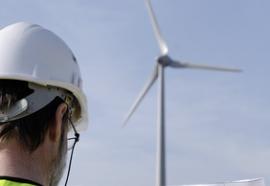Maximizing Customer Benefits
Performance measurement and action steps for smart grid investments.
Regulators and customers are holding utilities’ feet to the fire, when it comes to investing in advanced metering and smart grid systems—and rightly so. Making the most of investments requires a systematic approach to establishing standards and monitoring performance. But it also requires policy frameworks and cost recovery regimes that provide the right incentives.









